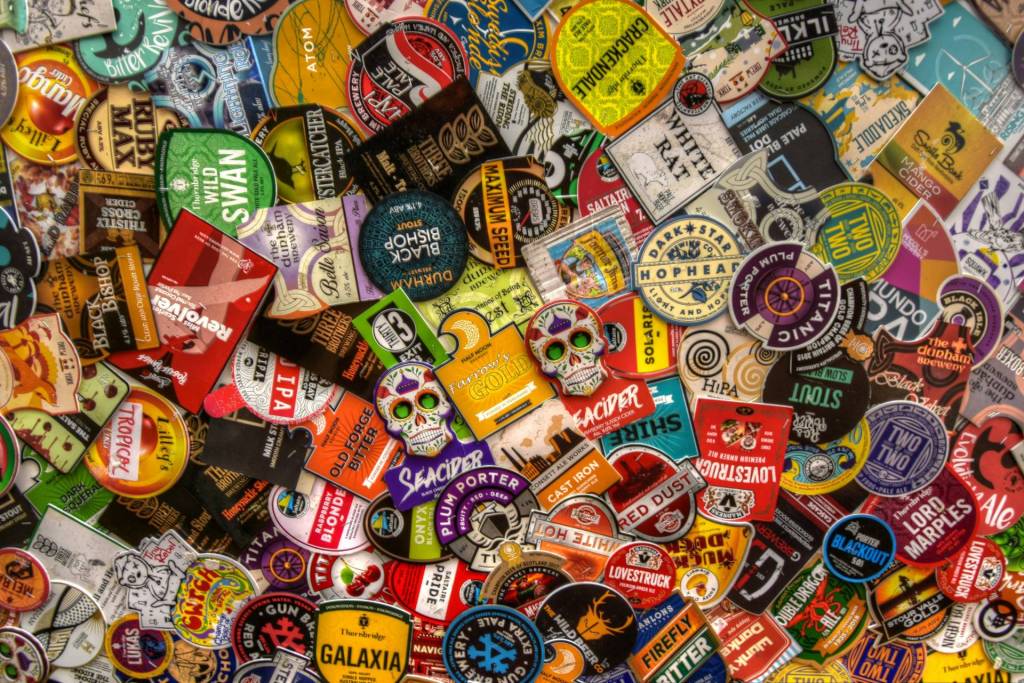The phrases “brand” and “logo” are sometimes used interchangeably. Here’s how to create a distinctive (and memorable) brand identity in 2022.
Although a logo might serve as a symbol for a company, it is not the sum of a brand. In reality, having a powerful brand identity begins with creating a logo. From there your voice goes on to stardom. For better or for worse.
With millions, if not billions, of companies vying for attention, having a strong brand has become critical. Indeed, businesses need to distinguish themselves from their competition. And individuals need to stand out from the milling crowd.
Consider creating your first brand identification for a client or your own company. When doing so it’s critical first to grasp what a brand is and what it takes to establish one. According to brand strategists, here are some good instances of brand identities and how to establish one for your own company.
What exactly is brand identity?
A brand identity is what your brand says, your values, how you explain your product, and how you want people to feel while interacting with your firm. Essentially, your brand identity is your company’s personality and a promise to your consumers.
Cattle ranchers first used the term “brand” to refer to the imprint for which these cattlemen “branded” their animals. However, a “brand” concept has now expanded to include much more than a name or a symbol. It’s all up to your social media savvy.
A brand is a trait — or group of qualities — that distinguishes one company from another. A brand often includes a name, slogan, logo or symbol, design, brand voice, and other elements.
The component of branding that focuses on your company’s personality and the ideals you transmit to clients is known as brand identity.
Wayfair has a brand manager by the name of Jared Rosen. He says the appropriate branding for espresso cup covers or above your front entrance isn’t enough. It’s all about cultivating a personality that complements the core elements of your brand’s DNA. Today’s most enticing brand identities span digital platforms, in-person interactions, and even effortlessly speak with actual consumers.
Finally, long after you’ve completed the sale, your product will affect your consumers. Likewise, the process of developing that perception is known as brand identity. Let’s look at some instances to help you better comprehend this notion.
What is the significance of brand identity?
As the expression of practically everything your company is and does, a brand identity may inspire consumers and promote brand loyalty. As a result, brand identity is critical to the future success of your company. And to you as an individual.
So, since your brand is more than simply its logo, how can you imitate what firms such as Coca-Cola have done? That is to say, while also instilling other distinct qualities into your company’s identity?
Here are five components of a well-developed reputation and the importance of developing them.
1. The “Face” of Your Company
Your brand’s logo serves as the “face” of your company. However, that face should do more than look stylish or fascinating. A logo’s contribution to brand identification should also be associative. It informs the audience that [this picture] represents [your company’s name].
2. Credibility and Trustworthiness
Having a reputation makes your goods more distinctive and elevates your brand’s authority in the marketplace. A brand that builds and maintains a consistent face throughout time gains credibility among rivals and trust among consumers.
3. Advertisement Impression
A brand identity is a framework for everything you would put on a company advertising, whether in print, online, or as a pre-roll video on YouTube. Similarly, a brand that has a face and industry reputation is well equipped to sell itself and create an impact on prospective customers.
4. The Mission of Your Company
When you give your brand identity, you give it something to stand for. This, in turn, provides your firm with a sense of purpose. We’ve all heard of mission statements for businesses. You can’t have one until you first give your brand identity.
5. Getting New Customers and Keeping Existing Customers Happy
A brand identity has a face, trust, and a goal — draws individuals who agree with what your company offers. When these individuals become customers, though, that same brand identity provides them with a feeling of belonging. Likewise, a good product brings in consumers, but a good brand brings in advocates.
It will take some effort for your company to become a well-known and appreciated brand name. The steps below will assist you in developing a brand identity. They are easy steps, but putting them into action is a different issue.
Summary: How to Establish a Brand Identity
- Investigate your target audience, value offer, and competitors.
- Create a logo and a template for it.
- Integrate language that you may use on social media to connect, market, and embody.
- Understand what to avoid.
- Maintain your brand’s identity by keeping an eye on it.













